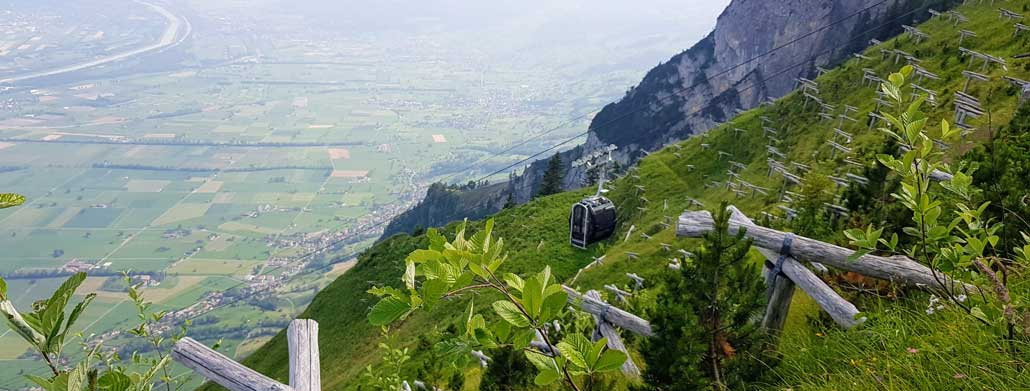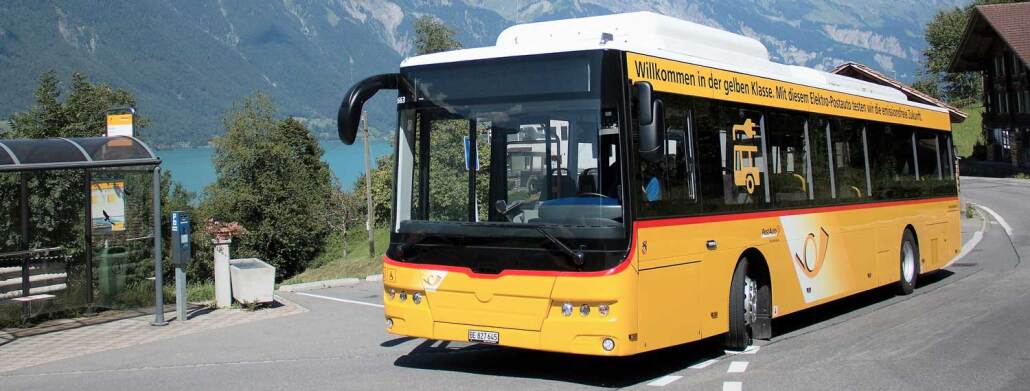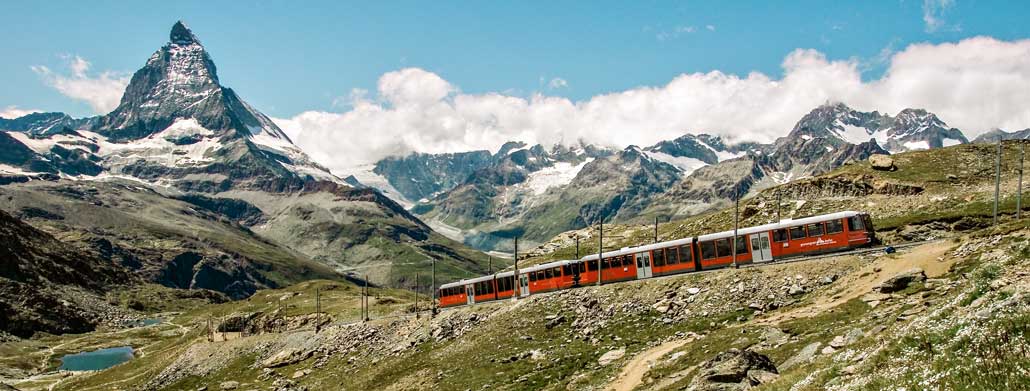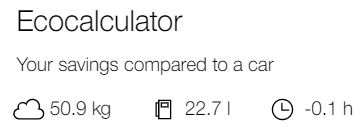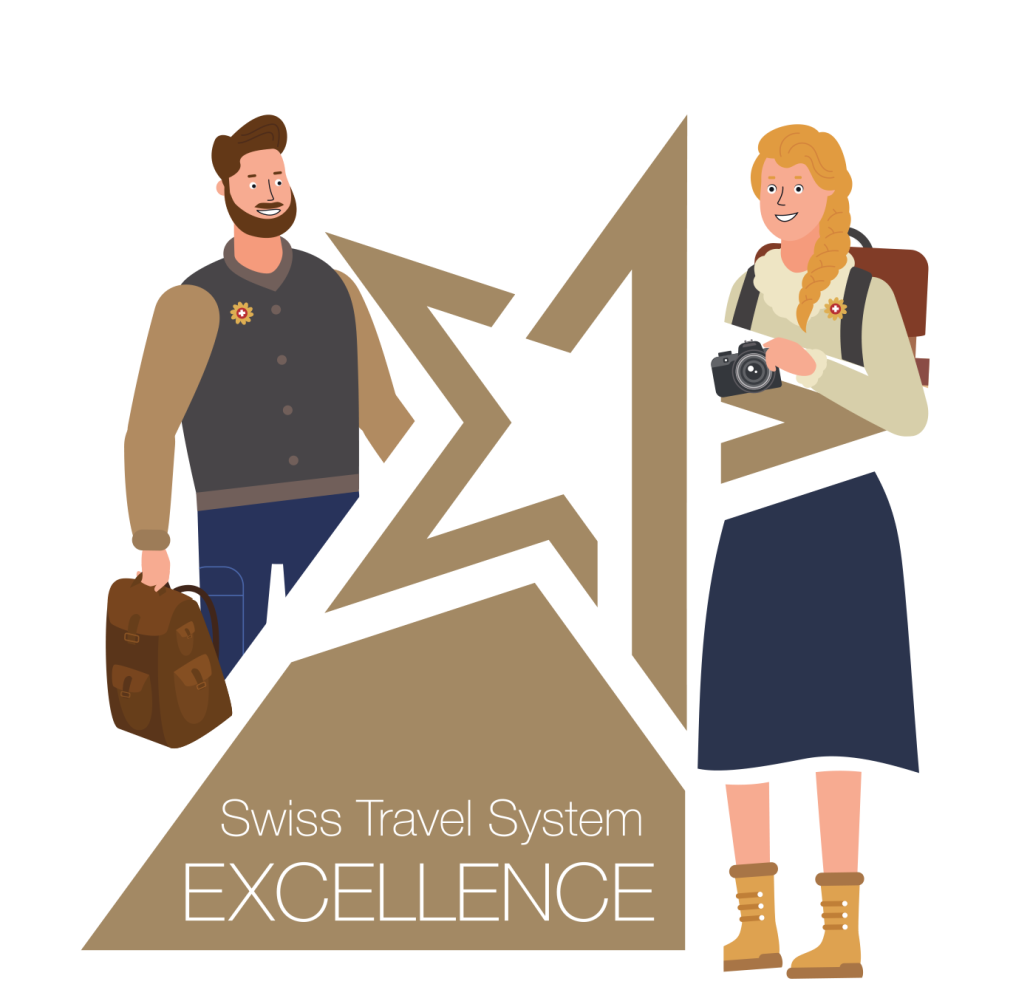By public transport, guests enjoy carefree travel across Switzerland – and it is even climate-friendly. In addition to means of transportation that operate in an environmentally friendly way, there are many more examples of sustainable mobility. These help to turn travelling in and across Switzerland into a special experience.
An electric car produces 13 times more CO2 than a railway.
Railway traffic contributes only 0.2% to the total of CO2 emissions of overall traffic.
SBB operates with 90% hydropower.
A train ride produces 27 times less CO2 than a comparable car drive.
pedestrians and bicycles are more ecological than trains.
Source: vöv, litra
The Eco Calculator
How much CO2 do I save by a train ride compared to travelling by car? The SBB eco calculator will show you the possible energy savings for each journey.
Simply enter your departure and destination on sbb.ch and compare. Each search includes a link for an analysis detailing comparative values like CO2 or fine dust are compared.





